Native American Graves Protection and Repatriation Act (U.S. National Park Service) (original) (raw)
Facilitating Respectful Return
Since 1990, Federal law has provided for the protection and return of Native American human remains, funerary objects, sacred objects, and objects of cultural patrimony. By enacting NAGPRA, Congress recognized that human remains of any ancestry "must at all times be treated with dignity and respect." Congress also acknowledged that human remains and other cultural items removed from Federal or tribal lands belong, in the first instance, to lineal descendants, Indian Tribes, and Native Hawaiian organizations. With this law, Congress sought to encourage a continuing dialogue between museums and Indian Tribes and Native Hawaiian organizations and to promote a greater understanding between the groups while at the same time recognizing the important function museums serve in society by preserving the past. (US Senate Report 101-473).
Who must comply with NAGPRA and what must they do?
What if someone fails to comply or violates NAGPRA?
Who is responsible for monitoring and reviewing NAGPRA implementation?
What funding is available for repatriations under NAGPRA?
Announcements and more from the National NAGPRA Program.
Visit Parks Related To Native American Graves Protection and Repatriation Act
Last updated: April 29, 2024
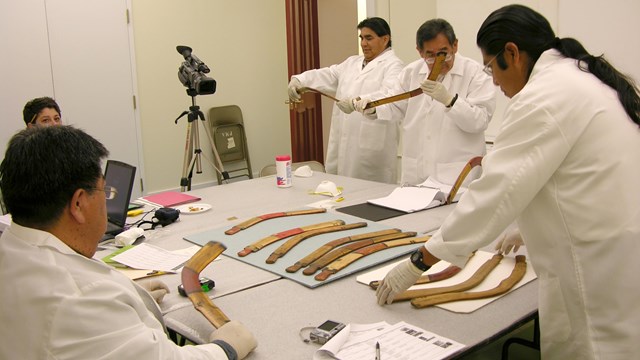 Compliance
Compliance 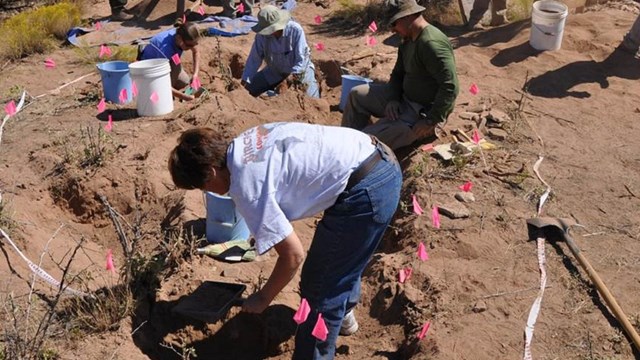 Enforcement
Enforcement 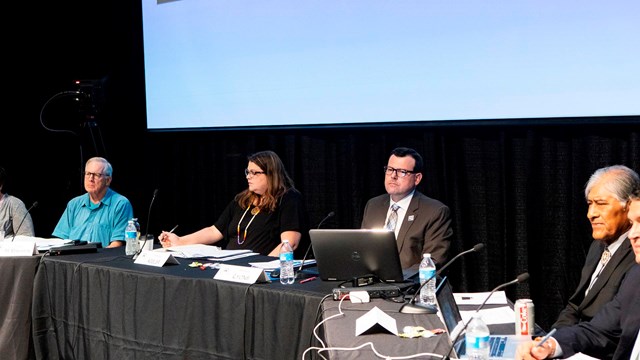 Review Committee
Review Committee 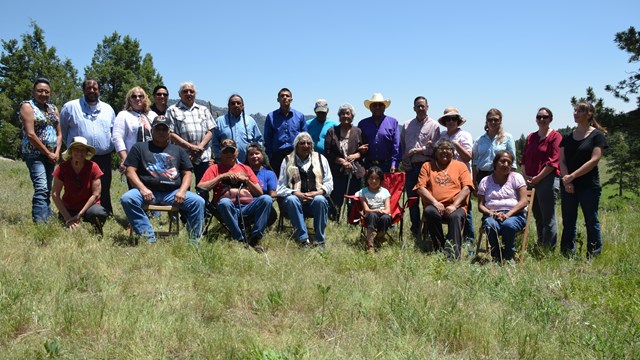 Grants
Grants 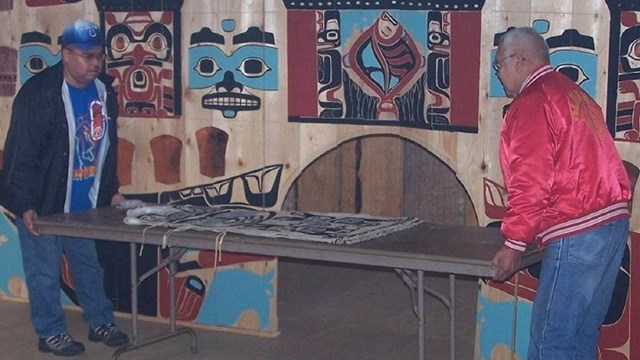 Current News
Current News